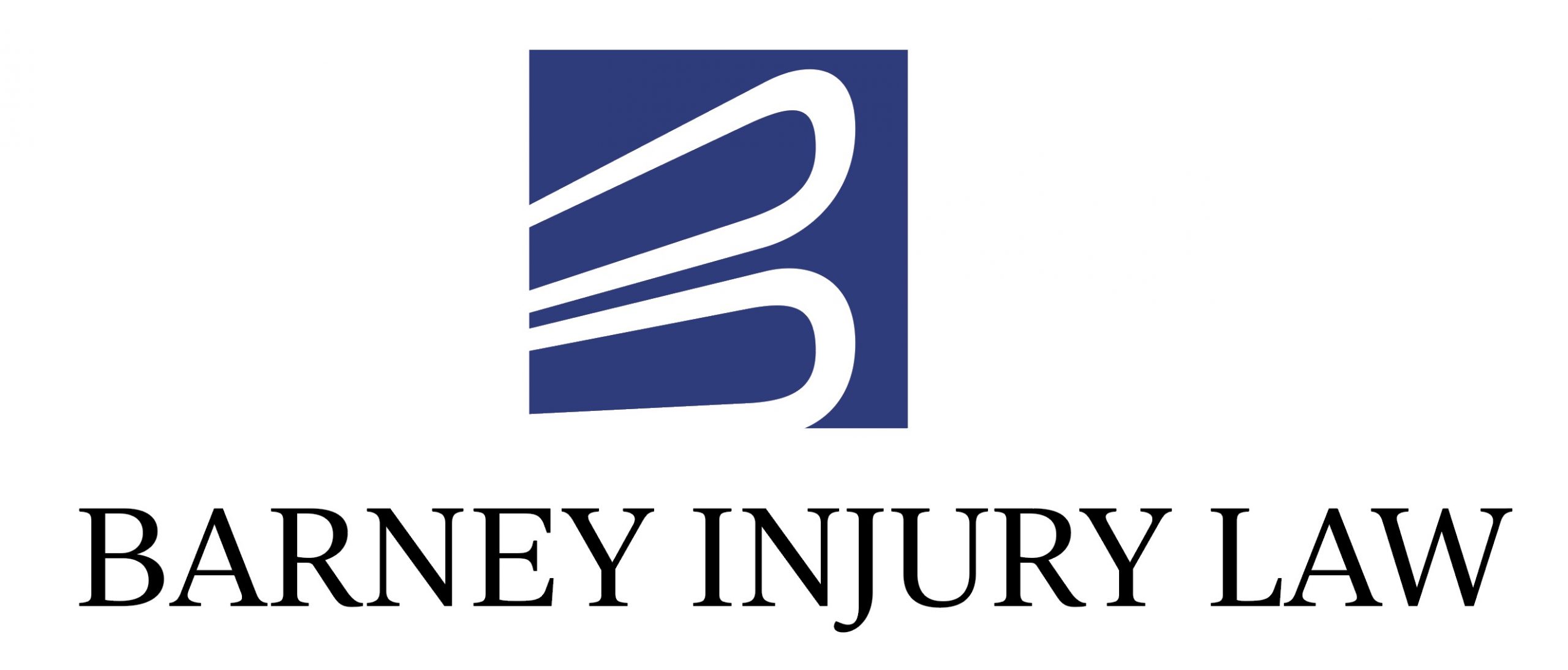Definition and Types
Birth injuries refer to the damage sustained by a newborn during the labor and delivery process. These injuries can range from mild, such as minor bruising, to severe, potentially leading to long-term disabilities. Understanding the various types of birth injuries is crucial for early detection and treatment.
- Physical Trauma: This category includes fractures, nerve damage, and head injuries caused by physical force during delivery.
- Hypoxic-Ischemic Injuries: These occur due to a lack of oxygen (hypoxia) or blood flow (ischemia) to the baby’s brain, potentially resulting in conditions like cerebral palsy.
- Infections: Infections contracted during birth can lead to sepsis, pneumonia, or meningitis, which are serious conditions requiring immediate medical attention.
It is important to note that not all complications during birth result in injuries. Some are natural consequences of the birthing process and resolve without intervention. However, distinguishing between harmless symptoms and those indicative of a birth injury is essential for the well-being of the newborn.
Common Causes of Birth Injuries
Birth injuries can occur due to a variety of factors during the labor and delivery process. These factors often involve complications that arise unexpectedly, despite careful monitoring and preparation. Some of the common causes include:
- Prolonged or difficult labor: Extended labor can put the baby under stress, leading to injuries.
- Oxygen deprivation: This can happen if the umbilical cord is compressed or twisted, or in cases of placental abruption, leading to potential brain damage.
- Premature birth: Premature infants are more vulnerable to injuries due to their underdeveloped bodies and organs.
- Instrumental deliveries: The use of forceps or vacuum extractors can sometimes lead to physical injuries if not used carefully.
- Large baby size: A condition known as macrosomia, where the baby is larger than average, can complicate the delivery and increase the risk of injury.
It is important to note that not all birth injuries are preventable. However, understanding these common causes can help healthcare providers take steps to minimize risks. In some cases, quick decision-making and intervention, such as opting for a cesarean section, can be crucial in preventing injuries.
Distinguishing Between Birth Injuries and Birth Defects
Understanding the difference between birth injuries and birth defects is crucial for parents and healthcare providers. Birth injuries are typically the result of complications during labor and delivery, whereas birth defects generally arise from genetic, environmental, or unknown factors that affect the baby during pregnancy.
- Birth Injuries: Often associated with the physical stress of childbirth, these can include fractures, nerve damage, or lack of oxygen leading to conditions such as cerebral palsy or Erb’s palsy.
- Birth Defects: These are structural or functional anomalies present at birth, such as congenital heart defects, Down syndrome, or spina bifida, and are not caused by the birthing process.
It is important to identify whether a newborn’s challenges stem from an injury or a defect to determine the appropriate course of action. Medical evaluations, family history, and sometimes genetic testing are tools used to make this distinction. Early intervention and treatment can significantly improve outcomes for both birth injuries and defects, making accurate diagnosis essential.
Early Indicators of Birth Injuries
Physical Signs in the Newborn
The earliest indicators of a birth injury often manifest as physical signs in a newborn. These signs can range from subtle to overt and may include a variety of symptoms that are observable shortly after birth. It is crucial for healthcare providers and parents to be vigilant in recognizing these signs to ensure prompt medical attention.
Some of the physical signs to look out for include:
- Unusual or asymmetrical facial expressions
- Difficulty with sucking or swallowing
- Abnormal muscle tone, either too floppy or too stiff
- Seizures or unusual movements
- Excessive crying or irritability without an apparent cause
- Respiratory problems such as grunting, fast breathing, or a blue tint to the skin indicating oxygen deprivation
These symptoms can be indicative of a range of conditions, from minor issues that may resolve on their own to more serious injuries that require immediate intervention. It is important to note that not all physical signs are conclusive evidence of a birth injury, and further medical evaluation may be necessary to determine the underlying cause.
Behavioral and Developmental Red Flags
In the critical early stages of a newborn’s life, certain behavioral and developmental signs can indicate the presence of a birth injury. Parents and caregivers should be vigilant for any unusual patterns that deviate from typical newborn behavior.
Key red flags include:
- Excessive crying or irritability that cannot be consoled
- Feeding difficulties, such as trouble sucking, swallowing, or latching
- Unusual stiffness or floppiness of the body
- Lack of response to auditory or visual stimuli
- Delayed milestones, such as rolling over, crawling, or walking
It is essential to monitor these signs closely, as they may be the initial indicators of underlying issues. Early intervention is crucial, as some birth injuries can lead to permanent damage, such as cerebral palsy. These injuries can range from brain injury and internal bleeding to fractures and nerve damage. If a birth injury is suspected, especially if it may have resulted from medical negligence, it is important to seek legal advice to understand the options available for the child’s care and support.
Symptoms That Require Immediate Attention
Certain symptoms in newborns signal critical situations that demand immediate medical intervention. These symptoms are often indicative of severe birth injuries and may include:
- Unusually high-pitched crying, which can be a sign of neurological damage or other serious health issues.
- Difficulty with breathing, feeding, or swallowing, pointing to potential nerve damage or respiratory problems.
- Seizures occurring shortly after birth, which may suggest brain injury such as cerebral palsy or oxygen deprivation.
- Lethargy or excessive sleepiness, which could indicate underlying issues like infection or brain injury.
- A noticeable bulge in the head or a misshapen skull, often associated with skull fractures or intracranial hemorrhage.
Early diagnosis and interventions are crucial for newborns exhibiting these symptoms. Parents should be aware of the signs and seek immediate medical care. Additionally, understanding the legal help available is essential for families to support children who have sustained birth injuries.
Diagnostic Procedures for Suspected Birth Injuries
Initial Newborn Examinations
The journey to identify potential birth injuries begins with initial newborn examinations. These assessments are crucial in detecting early signs that may indicate a birth injury. Immediately after birth, healthcare professionals conduct a series of evaluations to ensure the newborn’s health and well-being.
- Apgar Score: This test is performed at one and five minutes after birth to assess the baby’s heart rate, breathing, muscle tone, reflex response, and color. A low Apgar score may suggest the need for further medical evaluation.
- Physical Examination: A thorough physical exam checks for abnormalities in the baby’s size, shape, and reflexes, which can be indicative of a birth injury.
- Hearing and Vision Screening: Early detection of hearing and vision issues is essential, as they can be related to birth injuries affecting the brain.
These initial screenings are the first step in a comprehensive diagnostic process. If abnormalities are detected, additional tests and monitoring will be recommended to determine the extent and nature of any injury.
Advanced Imaging Techniques
When initial examinations suggest the possibility of a birth injury, healthcare providers may turn to advanced imaging techniques to gain a clearer understanding of the newborn’s condition. These techniques are crucial for visualizing internal structures and assessing any potential damage.
Key imaging modalities include:
- Magnetic Resonance Imaging (MRI): This technique provides detailed images of the brain and spinal cord, helping to identify injuries such as cerebral palsy or hypoxic-ischemic encephalopathy.
- Computed Tomography (CT) Scan: Often used for its speed, a CT scan can quickly reveal hemorrhages, fractures, or other structural abnormalities.
- Ultrasound: While commonly associated with prenatal care, postnatal ultrasounds can also be used to examine the brain in infants with suspected intracranial injuries.
Each of these techniques has its own set of advantages and limitations, and the choice of which to use will depend on the specific circumstances and clinical concerns. It is important for parents to understand that while these imaging tools are powerful, they are just one part of a comprehensive diagnostic process.
Neurological and Developmental Assessments
Neurological and developmental assessments are critical in diagnosing the extent and nature of birth injuries. These evaluations are typically conducted by a team of specialists who are experienced in pediatric neurology and development. The process often begins with a detailed medical history and a physical examination, focusing on the infant’s reflexes, muscle tone, and responsiveness to stimuli.
Following the initial examination, a series of tests may be administered to assess the newborn’s neurological function. These can include:
- Electroencephalogram (EEG) to measure brain activity
- Evoked potentials to test sensory responses
- Magnetic resonance imaging (MRI) or computed tomography (CT) scans for detailed brain imaging
Developmental assessments are equally important and may involve monitoring the child’s progress over time to identify any delays or abnormalities in development. These assessments help in creating a tailored rehabilitation plan that addresses the specific needs of the child. Early intervention is crucial for improving outcomes and can significantly impact the child’s quality of life.
Preventive Measures and Risk Reduction
Prenatal Care and Monitoring
The cornerstone of preventing birth injuries begins long before labor and delivery. Prenatal care is critical in monitoring the health of both the mother and the fetus throughout pregnancy. Regular check-ups allow healthcare providers to detect and manage potential risks early on.
Key components of prenatal care include:
- Comprehensive medical history reviews to identify any pre-existing conditions or genetic factors that could affect pregnancy.
- Routine screenings and tests to monitor fetal development and detect abnormalities.
- Nutritional guidance to ensure both mother and baby are receiving the necessary nutrients for healthy growth.
- Education on lifestyle choices that can impact fetal health, such as avoiding alcohol and tobacco.
By adhering to a structured prenatal care regimen, potential complications can be identified and addressed promptly, reducing the risk of birth injuries and ensuring a safer delivery for both mother and child.
Safe Delivery Practices
Ensuring the safety of both mother and child during delivery is paramount. Safe delivery practices are a set of guidelines and procedures designed to minimize the risk of birth injuries. These practices include careful monitoring of the baby’s position and heart rate, the proper use of delivery tools, and the readiness to perform a cesarean section if necessary.
Key components of safe delivery practices involve:
- Adequate training for healthcare providers in the use of birthing equipment and emergency procedures.
- Continuous fetal monitoring to detect signs of distress and take timely action.
- Clear communication among the delivery team to coordinate care and respond to complications swiftly.
Adherence to these practices can significantly reduce the incidence of birth injuries. For example, a brachial plexus birth injury, which is common in 1-3 out of 1000 births, can often be avoided with proper delivery techniques. If such an injury does occur, early diagnosis by a pediatrician and treatment by a specialist are crucial if issues persist.
Parental Education and Awareness
Educating expectant parents plays a crucial role in the prevention and early detection of birth injuries. Knowledge about the birthing process, potential complications, and the importance of immediate medical response can empower parents to advocate for their newborn’s health.
Key areas of focus for parental education include:
- Understanding the stages of labor and when to seek medical help.
- Recognizing the signs of fetal distress during delivery.
- Familiarity with common newborn behaviors and when they might indicate a problem.
- The significance of postnatal check-ups and developmental milestones.
By providing parents with comprehensive information and resources, healthcare providers can foster an environment of proactive care. This not only helps in reducing the risk of birth injuries but also ensures that parents are better prepared to support their child’s health and development from the very beginning.
Legal and Supportive Resources for Families
Navigating the Legal System
For families facing the aftermath of a birth injury, understanding and navigating the legal system can be a daunting task. It is essential to recognize the importance of seeking legal counsel to explore the options for compensation and justice. Legal professionals specializing in birth injury cases can provide invaluable guidance through the complex web of medical malpractice laws.
Key steps in navigating the legal system include:
- Identifying a reputable attorney with experience in birth injury litigation.
- Gathering all relevant medical records and documentation related to the birth and injury.
- Understanding the statute of limitations for filing a claim in the jurisdiction where the injury occurred.
- Preparing for a potential lawsuit by discussing the case’s merits, possible outcomes, and the process ahead with legal counsel.
It is crucial for families to act promptly and to be well-informed about their rights and the legal avenues available to them. A successful legal journey can provide not only financial relief but also a sense of closure and justice for the affected family.
Support Groups and Rehabilitation Services
The journey following a birth injury can be challenging for families, but they do not have to face it alone. Support groups provide a platform for parents to share experiences, find emotional solace, and exchange practical advice. These groups often consist of individuals who have navigated similar paths and can offer empathy and understanding.
Rehabilitation services play a critical role in the recovery and development of children with birth injuries. These services may include physical therapy, occupational therapy, and speech therapy, tailored to each child’s specific needs. Early intervention is crucial to maximize the potential for improvement and adaptability.
Families can also benefit from organizations dedicated to their cause. For instance, the March of Dimes supports moms and babies with research, programs, education, and advocacy since 1938. Their commitment to helping families get the best start is a testament to the power of collective effort and support.
Financial Assistance Programs
For families grappling with the aftermath of a birth injury, financial assistance programs can be a lifeline. These programs are designed to alleviate the economic burden and provide necessary support for medical treatments, therapies, and long-term care needs.
- Government Benefits: Many governments offer financial aid to children with disabilities, including those affected by birth injuries. Programs like Medicaid in the United States can cover medical expenses and rehabilitation costs.
- Charitable Organizations: Numerous non-profits and charities provide grants and funding specifically for children with birth injuries. These funds can help cover costs that are not included in insurance plans.
- State-Specific Programs: Some states have unique programs that offer additional support. Parents should research what is available in their region.
Navigating these financial programs requires patience and persistence. Parents are encouraged to seek the assistance of social workers or financial counselors who specialize in this area. They can help in understanding eligibility criteria, the application process, and in maximizing the benefits received. Early application is often crucial, as some programs have limited funds and operate on a first-come, first-served basis.




